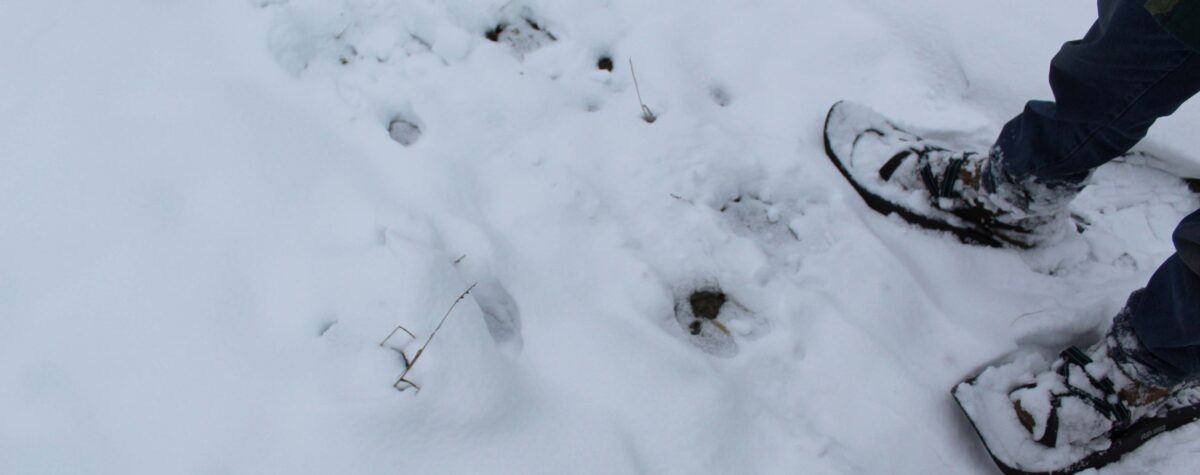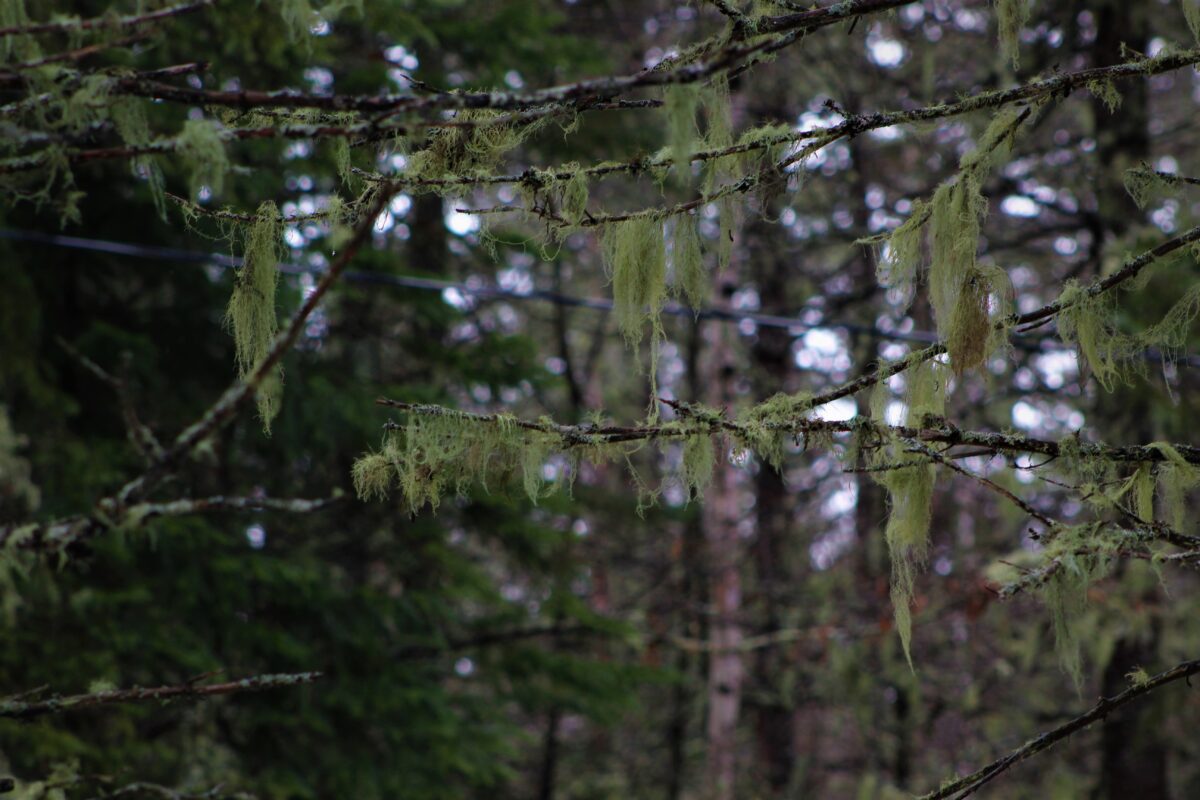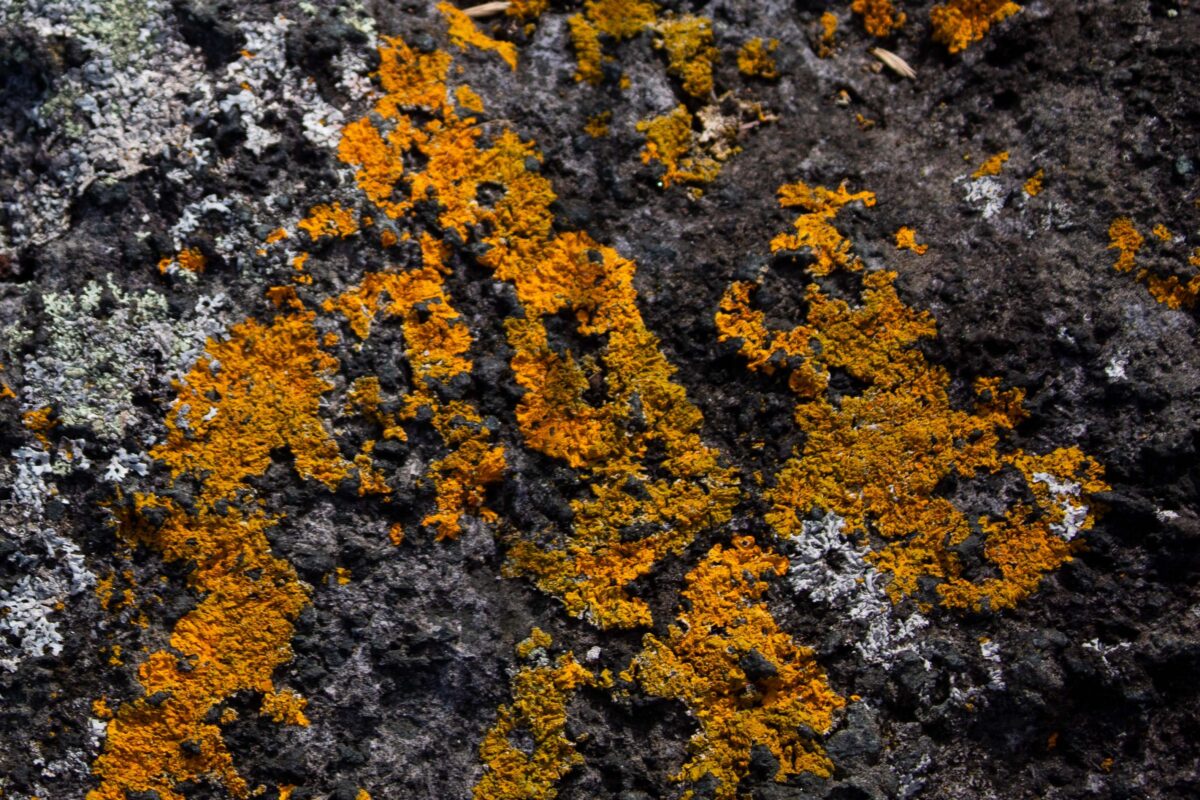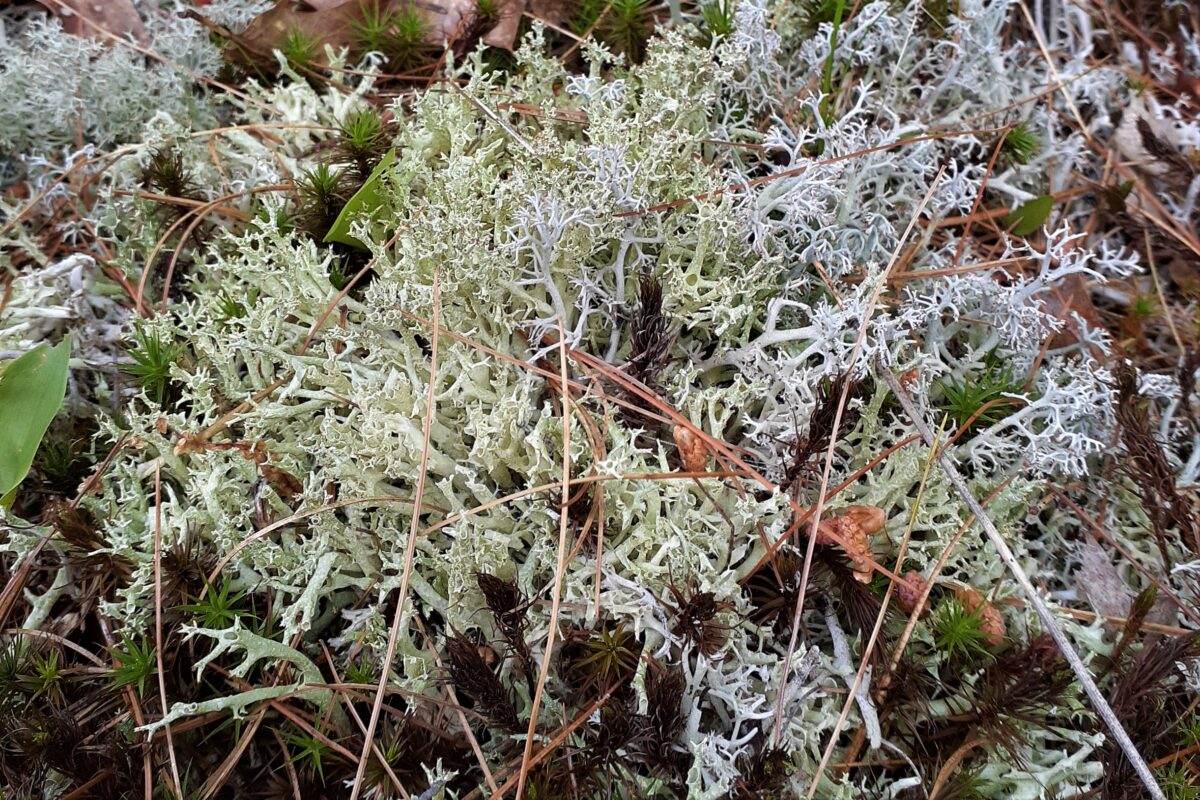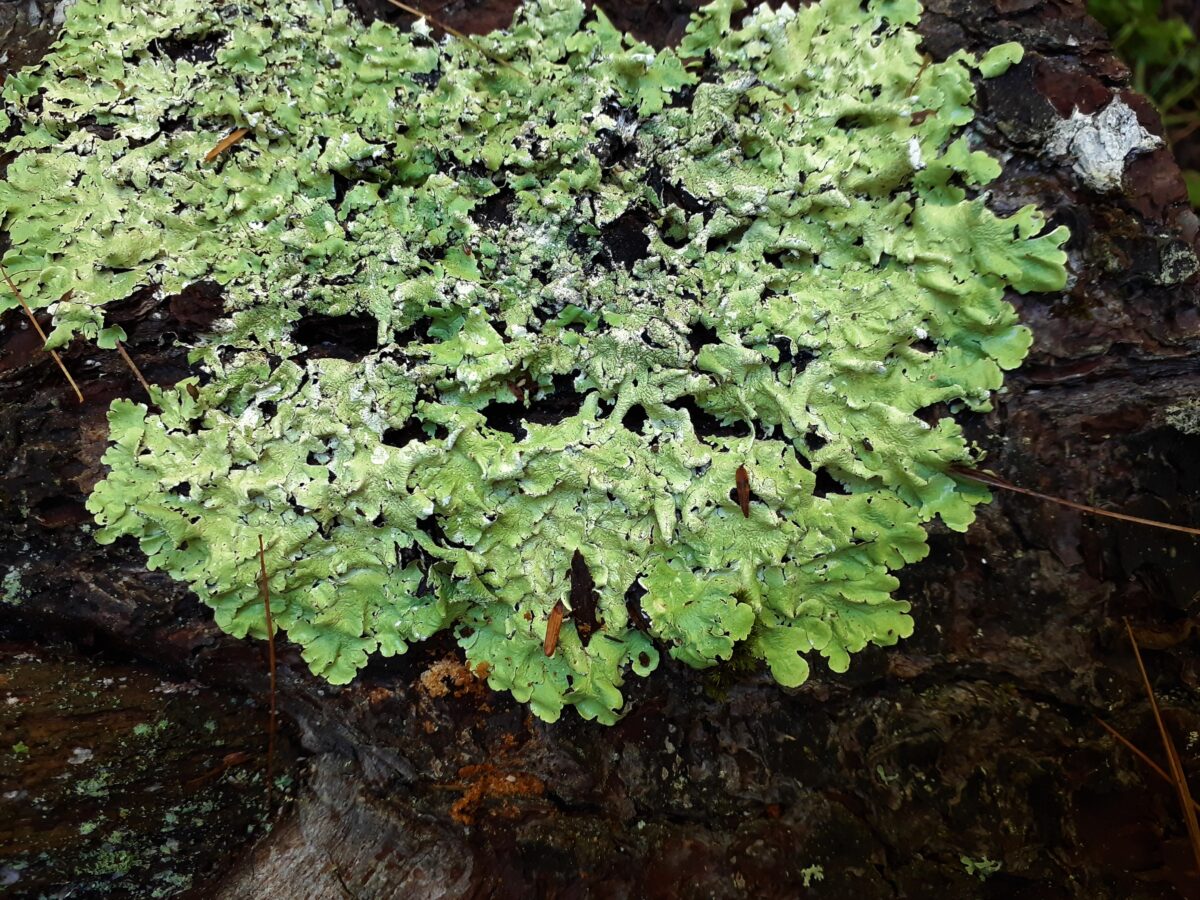Winter is a season for inactivity and rest for many- humans and wildlife.
During a snowstorm, it’s tempting to sit by the fire and sip hot cocoa. Step outside when the snow flakes have stopped falling and the freshness of winter freezes air and time. There is so much to explore!

Several birds and mammals are active in the winter as they forage for food. These are some of the tracks you should be on the look out for and tricks for how to identify them:
Bobcat– cats have retractable claws so you would not see nails in the track print
Fox and coyote– dogs do not have retractable claws so you will see nail marks in the track
Grey fox– smaller tracks, 1 inch across and has heart shaped paw pad and has only two
bumps on lower side
Red fox– larger, about 1.5 inches wide and the paw pad has three bumps on the
lower side
Coyote– larger in general about 2 inches wide
Deer– two crescent shapes side by side, usually deeper in the snow due to heavier weight
Fisher– tracks will have 5 toes instead of 4. Reference a field guide for further distinction. Photo (right): Fisher tracks
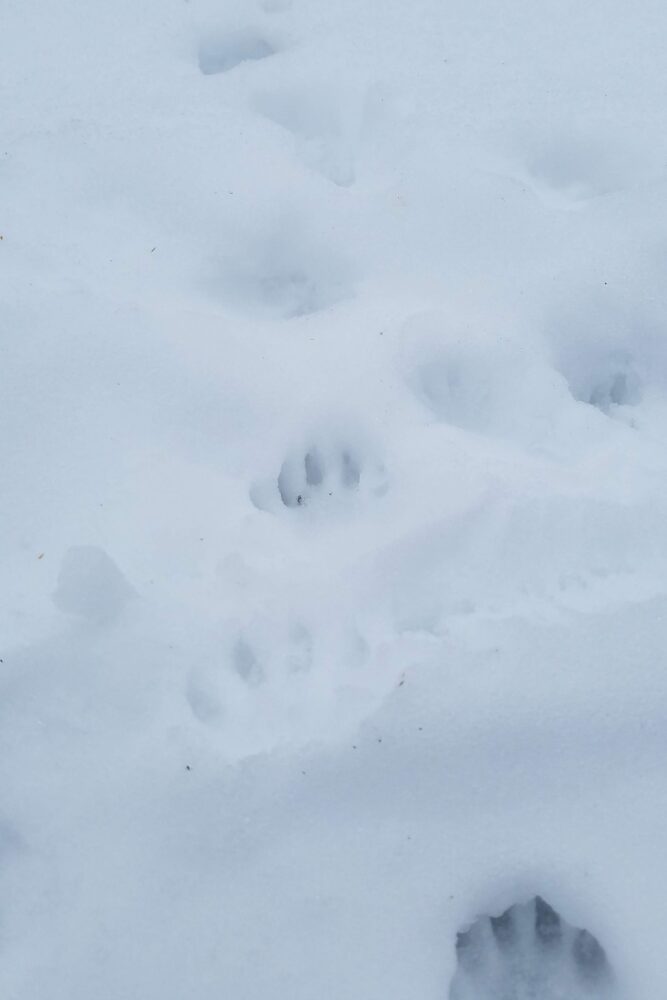
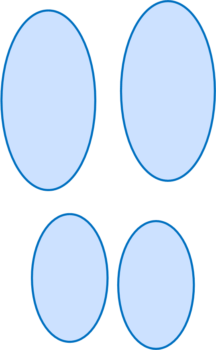
Squirrels (left) – tracks disappear at the base of a trees. If you can see toes there will be 5
instead of 4. When they hop the back feet are paired and so are the front, making a square like pattern
Rabbits (right) – back feet much bigger than front. Two back feet stay side by side as they hop but the two front feet will often be one foot in front of the other so the track makes more of a Y shape.
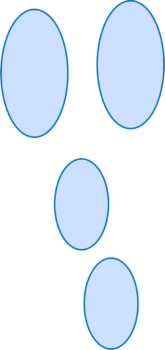
Coniferous trees typically keep their needles all winter. Deciduous trees senesce or shed their leaves in the fall. It takes a lot of practice to identify deciduous trees in the winter because you cannot rely on the leaves as an identifying characteristic. Instead, use the bark, crown shape, branching pattern, and other aspects.
You may still see some leaves on branches- Beech and Red oaks hold their dead leaves through the winter
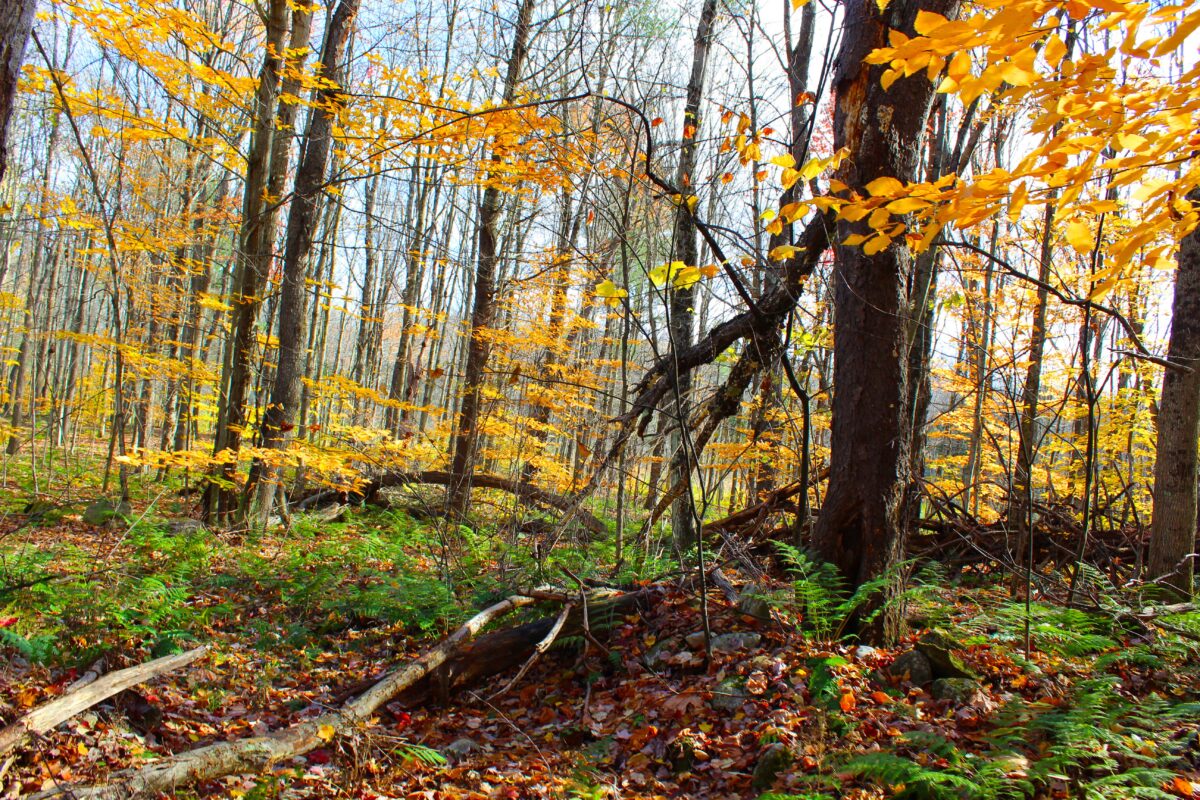
Tree Deformities
Ash trees- Emerald ash borer is an invasive beetle from Asia
- It burrows into the bark of the tree and kills it from the inside out
- It makes capital D shaped holes in the bark where they enter
- Disease is then able to enter the burrow holes in the bark
- In the latter stages of this the ash tree will lose its bark in chunks until there is no
more left
American Chestnut blight– a fungus that attacks chestnuts, many trees won’t make it
to reproductive age
Black knot of cherry– a fungal disease that forms galls on branches/trunk on cherry trees and eventually kills it
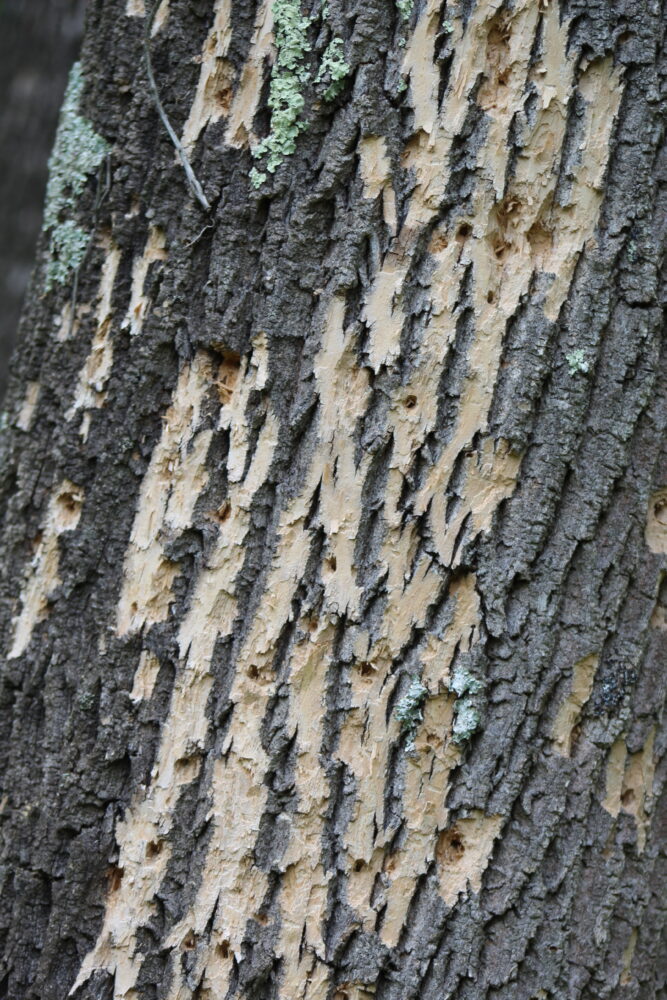
Emerald Ash Borer holes seen on an Ash tree.
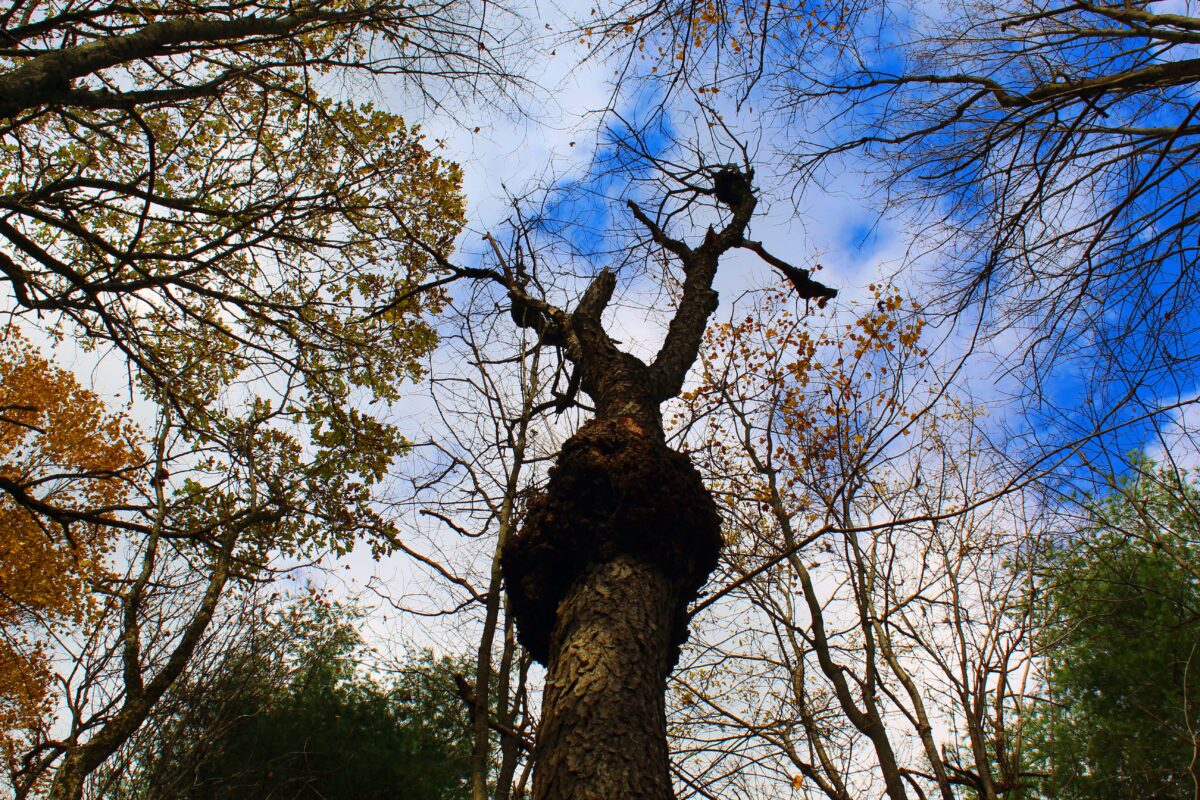
A burl resulting from the fungus ‘Black knot of cherry’ on a Black cherry tree
Keep your eyes peeled for burls
- These are growths on a tree
- They can be created if a tree gets disturbed then overcompensates to recover and produces too many cells at one site
- These can be harvested and sold to furniture makers since they have a beautiful marbling wood inside
Lichen is both a fungus and an alga, therefore it is an organism that exists because of a symbiotic mutualistic relationship. Lichen continues to thrive through the coldest months of the year on trees and rocks.
Lichen Facts
- Lichen has no roots, leaves, or vascular system
- Lichen photosynthesizes
- Reproduction- the fungus is the dominant organism in the relationship so it uses its
fruiting body to produce a new fungus but the alga dies and the fungus must find a new alga or it will also die - Lichen conduct carbon sequestration- they take in carbon dioxide and release oxygen
- Scientists can extract what pollutants lichen take into their thallus so they can test the health of the surrounding environment
- Lichen often reside on tree bark but they don’t hurt the trees
- The color of the lichen depends on what alga is present

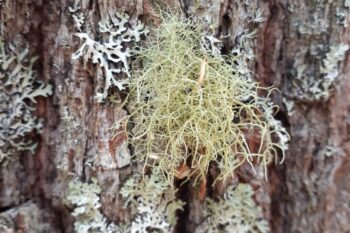
Click through the photos below to view common lichens
Get outside and discover these winter wonders!
